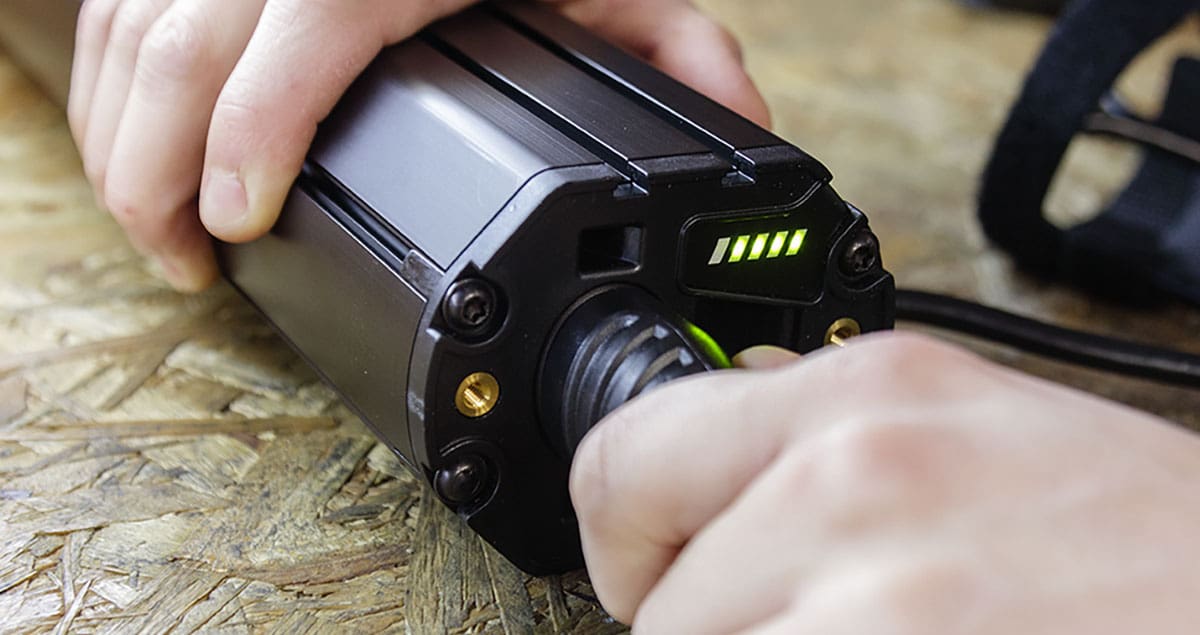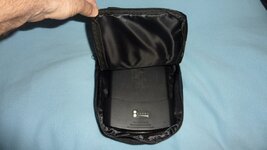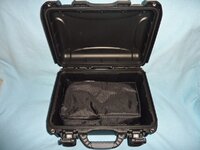Taylor57
Well-Known Member
"The vast majority of ebike fires are from no-name batteries" reminds me of one of my favorite lines about statistics. "87% of all statistics are made up on the spot"That's a judgement call.
I'd say that unless the battery cells are from Panasonic, LG, or Samsung you should junk the batteries and the bike if you can't replace them with something safer. The vast majority of e-bike battery fires are from no-name batteries or charger systems, even though those probably represent a minority of e-bikes in today's fleet. Just sticking to products from well-known brands probably increases your safety more than any physical battery safety measures you might be taking or should be taking. Ideally you should be doing both.
I'd also say that if you drop the battery or have a bad crash on the bike it would be very wise to replace that battery.
Just sayin...




